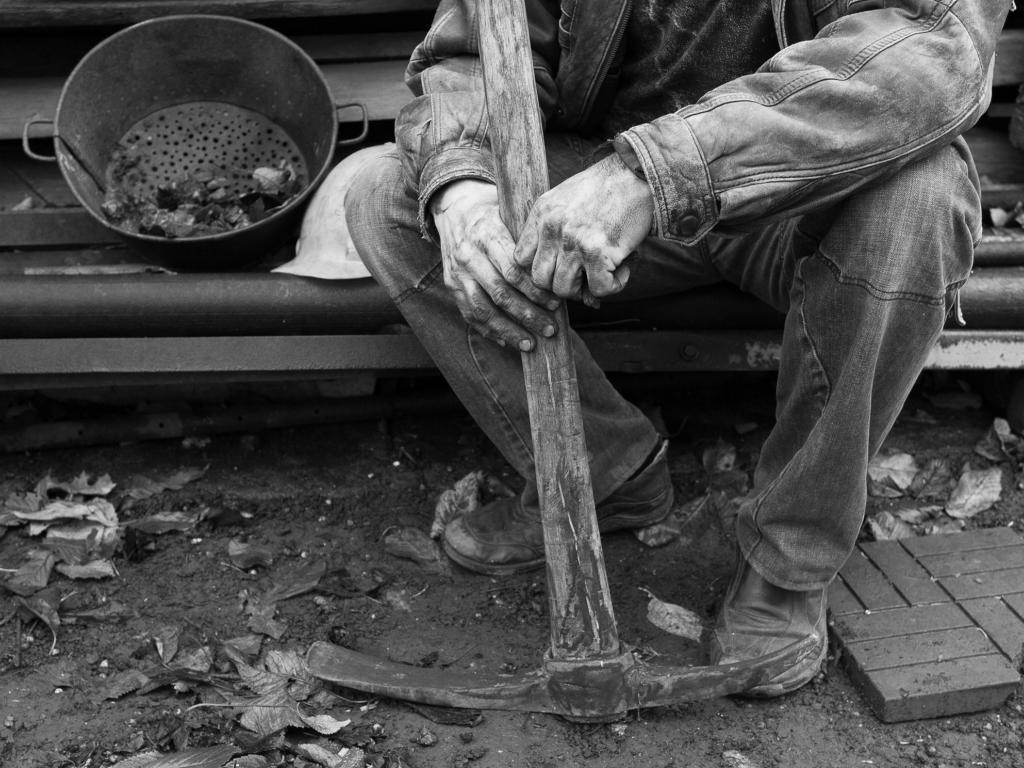Addressing the rise of illegal mining in SA: Enforcing laws and adopting tracing mechanisms

Illegal mining is vaguely defined as mining operations that take place without a mining license or any legitimate authority.[1] Artisanal and small-scale mining is defined as more formalised mining activities that involve the exploitation of minerals using basic and rudimentary methods.[2] In South Africa, formal legal recognition of artisanal mining took place after the transition to a democratic dispensation.[3] The Reconstruction and Development Programme recognised the promotion of artisanal mining as a vehicle for economic and social development for the larger part of the society that was excluded from participating in the mainstream economy.[4] However, artisanal mining is not a new activity in South Africa, as it was previously suppressed by the apartheid government and system.[5] There are studies that show that the discovery of copper, diamond, and gold was explored through artisanal and small-scale mining as early as 1852.[6] In many societies like South Africa, artisanal mining has always represented an opportunity to alleviate poverty.[7]
While South Africa has attempted to regulate artisanal mining through the Mineral and Petroleum Resources Development Act (MPRDA),[8] the measures have not been very effective to address illegal mining. Illegal mining is becoming a growing concern in South Africa, generating a number of local and global challenges.[9] Stability within the mining industry is an important priority to ensure a growing economy, investment opportunities, and a safe environment.[10] In some jurisdictions, tracing minerals has become an important task to prevent illegal operations that involve high-value minerals.[11]
While it can be difficult to trace and certify some minerals like gold due to how it is mixed with scrap metal for the purposes of illegal trading, the United Nations Economic Commission for Africa Subregional Office for Southern Africa (UNECASOSA) report indicates that this can be achieved.[12] According to the report there are two ways of certifying minerals. The first is a certificate of origin, used to certify that a mineral does not originate from criminality or human rights abuses.[13] The second is a certificate of ethical quality, which confirms that a mineral was ‘mined, processed, and traded’ in accordance with the prescribed ethical standards.[14] These two types of certification methods are placed as security instruments to ensure that the supply chain of minerals is not corrupted by illegal trade.[15]
South Africa needs to adopt a comprehensive system of tracing and certifying minerals, as recommended by the UNECASOSA.[16] UNECASOSA uses the Guyana Diamond Tracking System (GDTS) in its report as an example of an effective security instrument.[17] This GDTS is used to trace tracking alluvial diamond production that is relatively easily administered and relatively inexpensive to operate.[18] As a way of reducing illegal trade in minerals the recommended certification system provides credible information to the states on producer, exporter and purchaser behaviour; ensures that the payment of taxes and royalties due to the State takes place; reinforces the State’s oversight function along the mineral value chain; and prevents lawfully and illegally produced minerals from being mixed.[19]
More must be done to address challenges of illegal mining and threats to the environment, economy, foreign investment, and stability in the industry. While tracing may be another means addressing illegal mining, the enforcement of laws and cooperation amongst stakeholders in the industry remains an imperative. Addressing and preventing illegal mining should be the concern of all stakeholders. While government has a direct responsibility to adopt and implement legislation, mining companies must comply to give effect to that legislation. The Department of Mineral Resources must work together with other state departments, law enforcement agencies, mining companies, traditional authorities, and the public to trace illegal mining and harshly punish any criminal activity that threatens the industry and the security of the environment.
Written by Lindokuhle Ntuli.
[1] Mbekezeli Mkhize ‘Developing an Integrated Model for Quelling Illegal Mining in South Africa’ (2017) Institute for Security Studies and the University of Cape Town 67
[2] T. Zvarivadza “Artisanal and Small-Scale Mining as a challenge and possible contributor to Sustainable Development” (2014) Australian Centre for Geomechanics 1.
[3] P Ledwaba ‘The status of artisanal and small-scale mining sector in South Africa: tracking progress’ (2017) 117 The Journal of the South African Institute of Mining and Metallurgy 33.
[4] Ibid.
[5] Ledwaba op cit (n3) at 34.
[6] Ibid.
[7] J Hinton et al ‘Women and Artisanal Mining: Gender Roles and the Road Ahead’ in ’ The Socio-Economic Impacts of Artisanal and Small-Scale Mining in Developing Countries’ Ed (2003) 1.
[8] 28 of 2002
[9] United Nations Interregional Crime and Justice Research Institute (Technical Report) op cit (n1) at 9.
[11] United Nations Economic Commission for Africa Subregional Office for Southern Africa ‘Tracking and Certification of Mineral Output in Southern Africa: Final Report’ (2012) at 9.
[12] United Nations Interregional Crime and Justice Research Institute (Technical Report) op cit (n1) at 27.
[13] United Nations Economic Commission for Africa Subregional Office for Southern Africa ‘Tracking and Certification of Mineral Output in Southern Africa: Final Report’ (2012) at 9.
[14] Ibid.
[15] Ibid.
[16] United Nations Economic Commission for Africa Subregional Office for Southern Africa op cit (n14) at 11.
[17] Ibid.
[19] Ibid.
